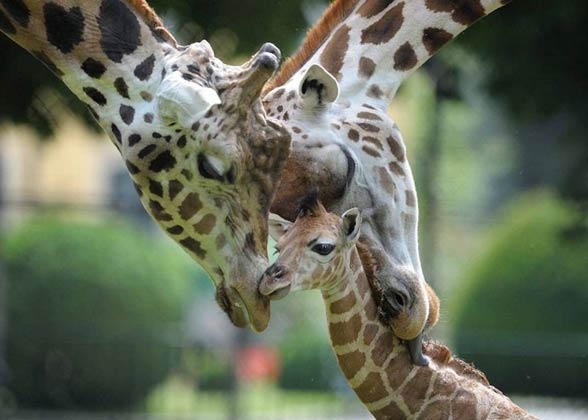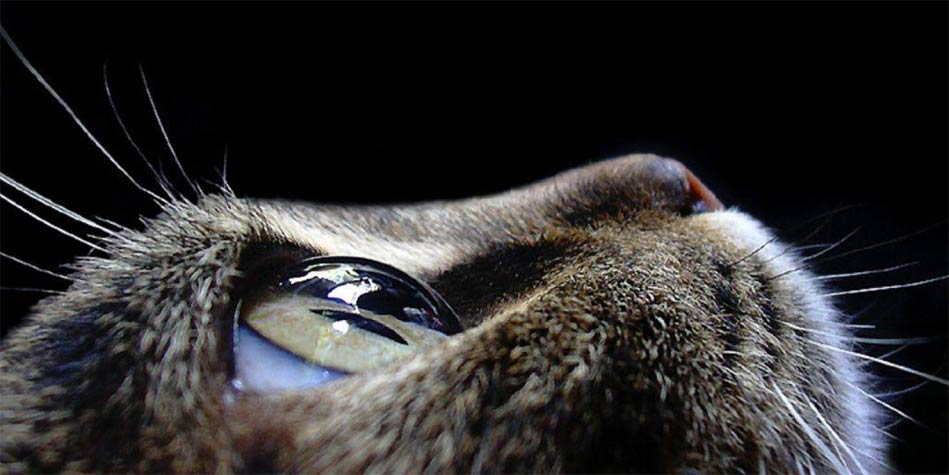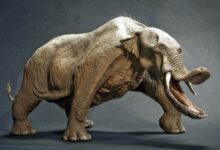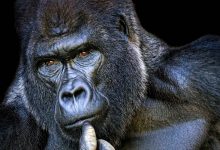Animals’ emotions and feelings
Do animals have emotions and feelings?
In the article below we do not try to prove whether animals have emotions. Anyone who has ever had a dog or cat will have no doubt that they do have some kind of an inner life. Professor Marc Bekoff who deals with this subject points out that emotions constitute the gift from our ancestors. Both us and animals have emotions. However, many scientists forget about it and treat animals as research objects.
Marc Bekoff sometimes asks his fellow scientists who conduct experiments on animals whether they would treat their dogs the same way. This simple and direct question comes up as a surprise and at the same time gives food to thought. Many of the discoveries described below came at a price of animal suffering. Many experiments could have been done through observations, however, in the scientific world, there is little room for confidence and intuition. Thanks to scientists like Marc Bekoff and Jane Goodall, the study on animal behavior is more humanitarian.
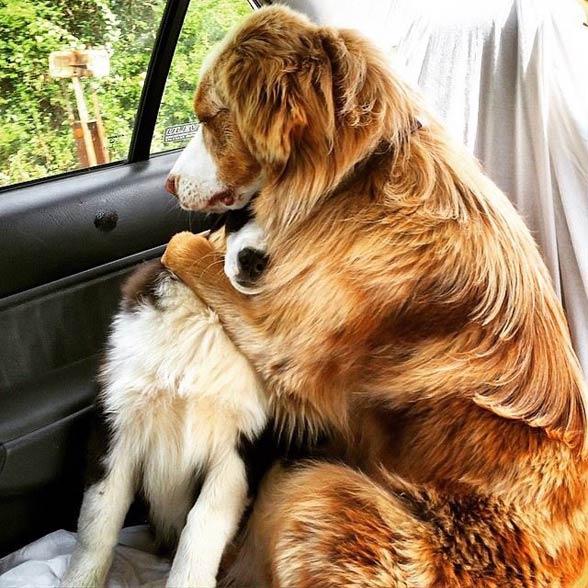
Emotions and feelings
Most of us use the above words interchangeably. Although it does not constitute a linguistic error, many psychologists and therapists could have a problem with calling the emotions feeling and the other way round.
What is the difference between these two internal states?
Emotions constitute the response of our mind to external and internal stimuli which moved us deeply. The emotions do not linger for a long time, yet are complex. They are probably formed through evolution, as an adaptation to the surrounding world.
What are the feelings?
It may be said that they are more static, deeper and more constant than emotions. They have enabled people to correct their behavior, discover new solutions, create communities. We can consider feelings our interpretation of emotions.

Emotionality of animals according to the scientists
The theory about animals’ emotionality was conceived many years ago and the earliest who declared himself in favor of it was Charles Darwin. The observation of chimpanzees and other apes allowed him to determine that they emitted noises similar to human laughter.
Darwin put forward a hypothesis that emotions are an adaptive form of communication and motivation. He also adopted the view of Lamarck (French naturalist), who said that useful emotions are passed on to the offspring. Although Darwin considered emotional expression as a passive transmission of an inner state, the form of this message often exceeded purely adaptive function. He noticed for example that people used their teeth to show mockery or rage. He claimed that the ancestors of humans used their teeth in order to display an aggressive behavior.
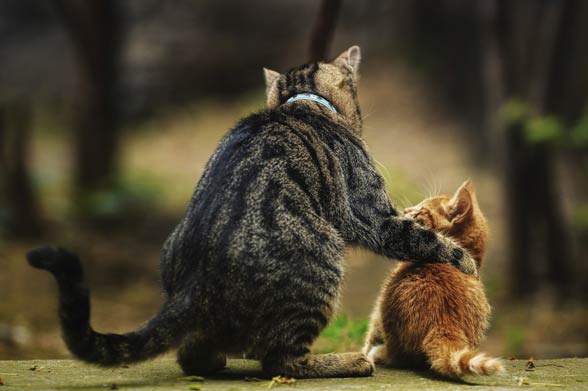
Contemporary scientists are very cautious about the emotionality of animals.
For years, they have conducted numerous experiments on animals (often cruel) in order to confirm or deny the thesis on their emotionality. There are two research camps: the first one claims that animals may exhibit behaviors resembling complex emotional reactions, yet avoid anthropomorphization (giving animals the human traits).
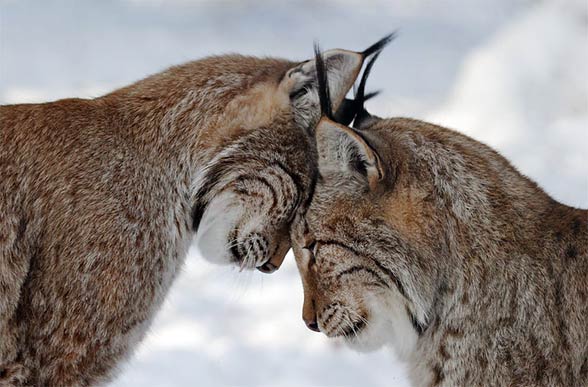
The second camp constitute a group of skeptics
More and more scientists are now moving towards the first camp, which agrees that animals can experience emotional states. Thanks to such people, the science of animal behavior has been given its own name – ethology. It is one of the youngest branches of the natural sciences. Modern ethology was recognized in the 1930s by Dutch and Austrian biologists Nikolaas Tinbergen, Konrad Lorenz and Karl von Frisch. For their work, three scientists have been awarded the Nobel Prize in physiology and medicine.

Scientific approach
There are several types of measurement and evaluation of the emotions in animals, however, they are complex to such extent that we will not be describing them, but only enlist them and provide the most important questions we want to answer. There are two approaches:
- Functional (What role do animals’ emotions play?)
- Mechanistic (What mechanisms are behind animal emotions? How are animals similar to humans in this respect?)
In the experiments which aim to detect behavioral changes are used in cognitive tests. Frequently visible changes are seen as a result of long-term captivity (in cages) that limit the natural reflexes of animals. Laboratory mice that have to live in small boxes, after some time experience a feeling of depression and anxiety. For this reason, some cages had to be equipped with reels and nests to meet the needs of the rodents.
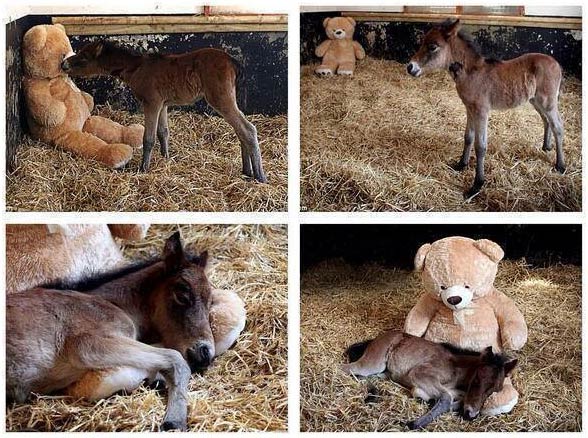
Anthropomorphism
Many researchers dealing with the study of the emotionality of animals are almost allergic to the word “anthropomorphism”. A large group of scientists takes up arms against ascribing human qualities to animals. They consider it an abuse and lack of professionalism. However, a professor of ecology and evolutionary biology, Marc Bekoff notes that we have no other means of naming certain animal behavior.
We are in a sense condemned to anthropomorphize because our minds and language are limited to what is human. We do not know if animals are experiencing emotions the same way as humans, we do not even know whether they are experiencing the same emotions as we do. Based on the observations, it has been found that animals may display anger, joy, sadness, etc. However, in order to find out what a magpie or cheetah actually feel, we would have to be magpie or cheetah.
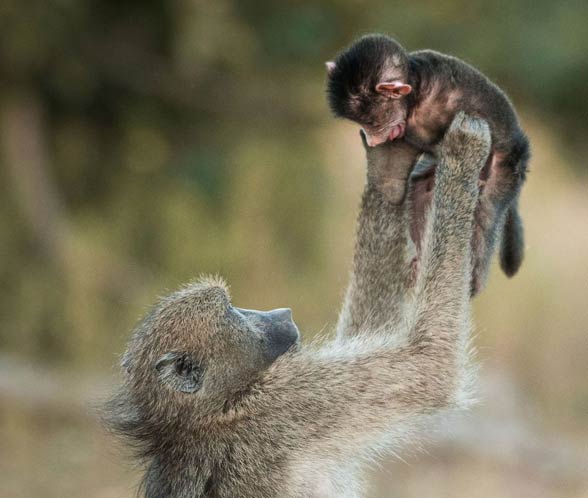
Experiments
In his book “The Emotional Lives of Animals”, Bekoff mentions the experiments that animals are subjected to, which are supposed to allow scientists to „find” the emotions. He tells how the tests, which are to detect the feeling of pain or fear, are carried on.
Bekoff considered such experiments immoral and harmful. There are aspects which will probably never be confirmed by any test or experiment. Anybody who has had the opportunity to live with an animal for more than a quarter of a lifetime will respond without hesitation that animals have and use emotions.

Examples
Below we present some examples below, which prove that animals do have emotions.
Primates, especially the great apes, are considered empathetic and able to draw conclusions about the state of mind of other creatures. They also create complex social systems in which mothers have very strong ties with their offspring.
The primatologist Jane Goodall observed in the groups of chimpanzees such gestures as kisses, patting on the back, hugging. In the case of death of any member of the group, there is kind of a mourning and funeral. One of the observed gorillas was taught sign language. Moreover, the sounds it used indicated that it felt sad after the death of… the researcher’s cat.
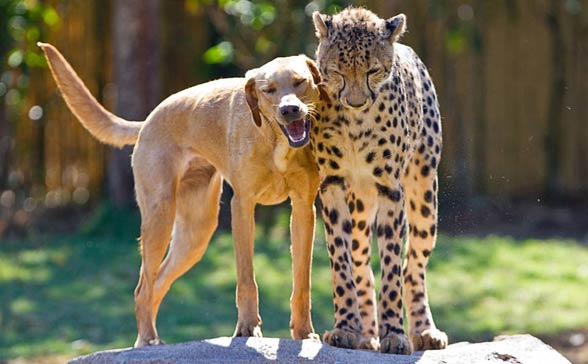
Rhesus may as well display empathy. It was discovered by the means of the experiment in which the monkey was supposed to reach for food with a help of the chain. However, if she had done it, the other monkey would have been shocked. The animals refused to take food in order to avoid harming the other – it is much more humanitarian behavior than it is observed in humans.
Birds, especially those from the Corvidae family, have not only intelligence but also emotionality. It has been proven by Bekoff. He witnessed an incident in which one of the magpies was lying dead on the road. There were four other magpies standing around it. One of them approached a dead companion and gently pecked its body. Another one did the same. Then one of the birds flew off, then returned with the tuft of grass which it had placed on the dead magpie. The second magpie did exactly the same thing. Later, all the present birds stayed for a moment with their fallen companion, and then flew away one after another.
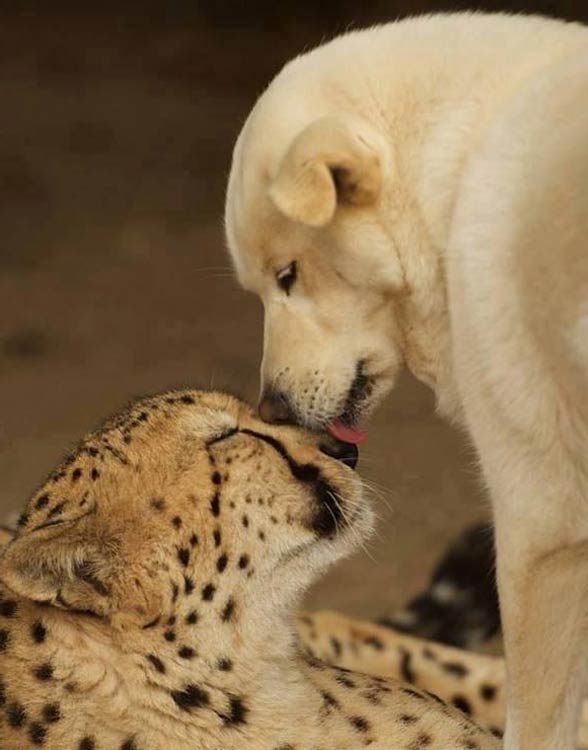
The experiments on freshwater cancers have shown that they can feel fear and stress. It was also noted that their organisms respond to benzodiazepines as well as the humans’ body – they are sedating and anxiolytic.
Horses react to the photographs of human faces. When they see an angry face, their pulse speeds up, and they behave like they were stressed out. Inconspicuous rodents (in this case rats) want to avoid the suffering caused by electric shock. When mice experience pain together with other mice, they behave as if they suffer more than when they experience it alone.
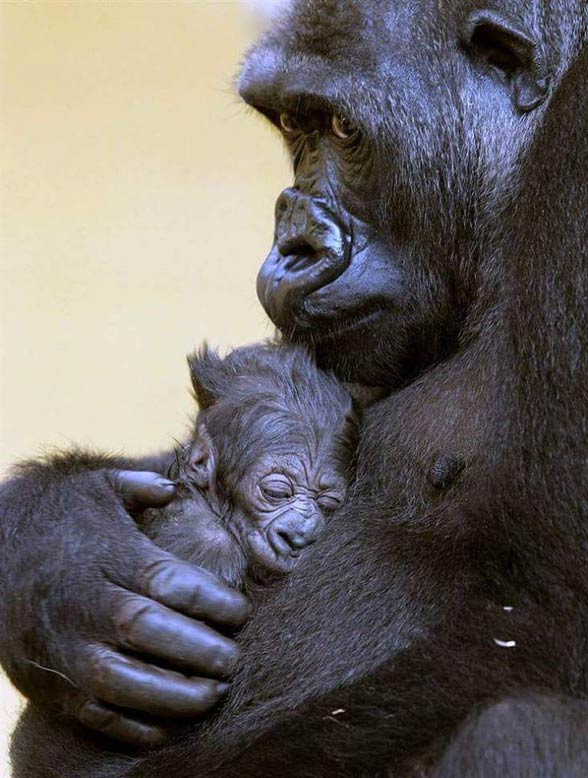
Where do animal emotions come from?
There is no unquestionable answer to this question. However, Marc Bekoff says that the explanation of such emotions as empathy may be the so-called mirror neurons. They occur both in animals and in humans. They allow us to understand the behavior of other beings. Thanks to them, we are able to imagine what the other person feels and what we would feel if we were him or her. This is what empathy is. In addition to that, all mammals have the areas in their brain which are responsible for experiencing emotions including the limbic system and the amygdala.
It is not known to what extent other species have mastered the ability to feel empathy. However, we know that there is no convincing evidence that only people have it. Ethologists observing animals in their natural environment have noticed many empathetic behaviors, such as mutual comforting of elephants or chimpanzees helping other monkeys to get food.
Bekoff also discusses the morality of animals. He claims that there exists a so-called wild justice. He also does not exclude that many animals distinguish good from evil and live in accordance with the moral code.

Emotions, animal feelings – curiosities
- The English word for emotion could have originated in 1579. It was borrowed from the French émouvoir, which can be translated as “to evoke”, “to stir”.
- The best-known behaviorist of the great apes is the British primatologist and ethologist Jane Goodall. For years, she has stayed close to the chimpanzees and watched their social behavior. Unlike other scientists, she gave the animals names, not numbers, for what she was criticized in the scientific community. She discovered that monkeys have their own unique personalities.
- The experiments have shown that about one-third of dogs undergoing long-term stress exposure develop helplessness and depression.
- Domestic cats can learn to manipulate their caregivers, imitating baby-like sounds. They can meow in an unpleasant way so that their owner cannot ignore it. Study subjects learned such sounds through trial and error. It also turned out that if a particular sound triggers a positive human response, the cat will probably use that sound in the future.
- Close and lasting relationships are made not only between animals of the same species but also between the predators and their potential victims. Such an example is a snake named Aochan from a Tokyo zoo that made friends with the hamster named Gohan. Moreover, one of the Kenyan lions “adopted” young oryxes (a type of antelope).
